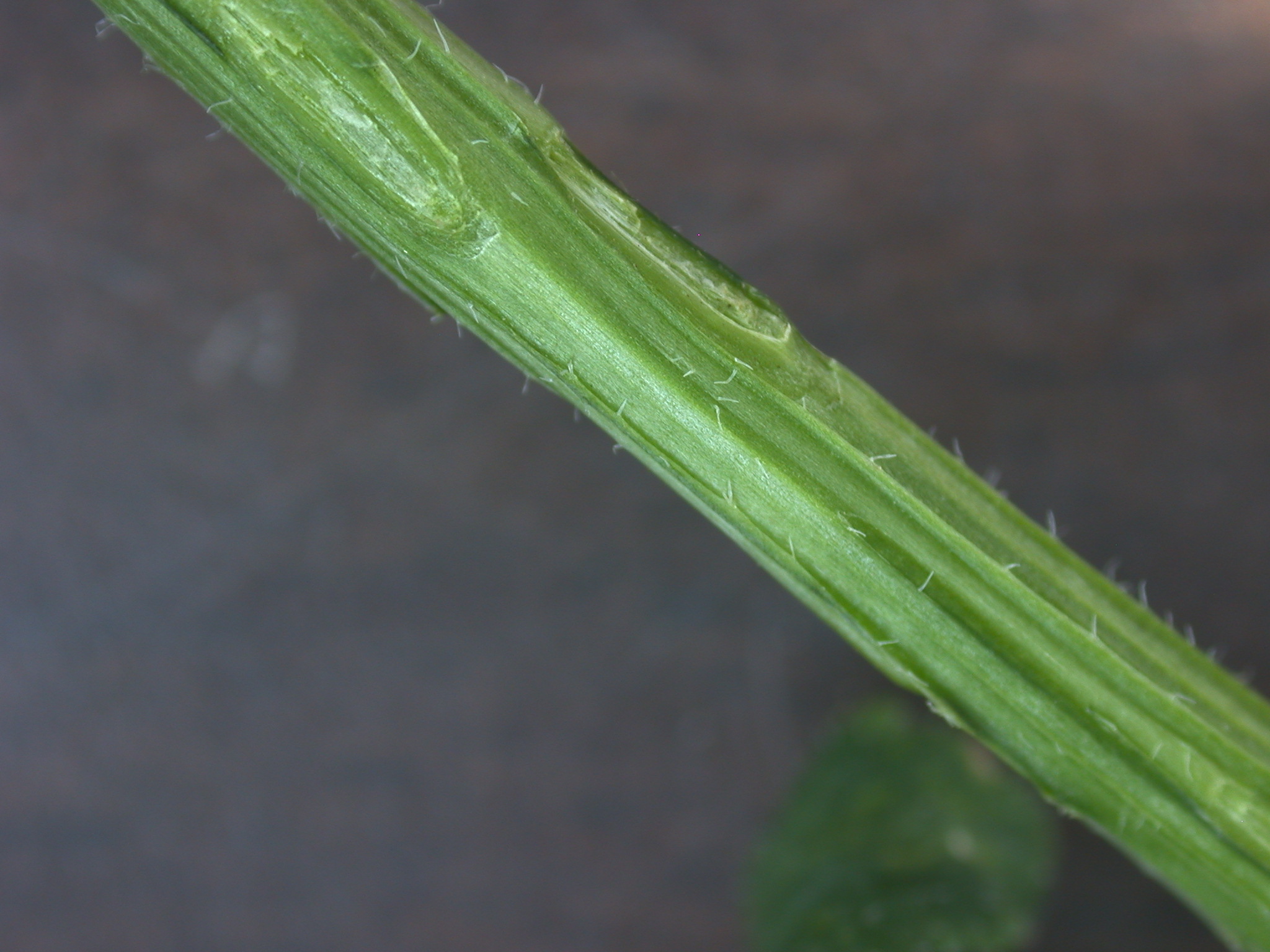Great-Blue Lobelia (Lobelia siphilitica)
Family:
Bellflower Family (Campanulaceae)
Other Names:
blue cardinal flower, great lobelia.
Origin and Distribution:
Great blue lobelia is a native of North America with a current range that includes areas in southern Canada and eastern and north central U.S. It is widespread throughout Ohio. The species typically grows on low wet ground along streams, rivers, ponds, lakes, and in swamps, marshes, food plains, ditches, moist fields, and woodlands. It prefers wet soils that are fertile.
Plant Description:
Great blue lobelia is an erect perennial herb. It has showy flowers that are about 1 inch long and consist of bright blue petals united into a tube having an upper lip with 2 lobes and a 3-lobed lower lip striped with white. Flowers form at leaf axils on an erect stem that may grow over 3 feet tall. Stems and leaves contain a milky juice that is exuded if the foliage is crushed or cut. Reproduction is by seeds.
Seedlings and Shoots:
Young leaves are thin, bright green, and exude a thick greenish juice when cut or torn.
Stems:
Stems are erect, leafy, ridged, somewhat hairy, and usually unbranched.
Leaves:
Leaves are alternate (1 leaf per node), oval to lance-shaped, and 2 to 6 inches long. Leaf edges can be either smooth or irregularly toothed.
Flowers:
Flowers are about 1 inch long and consist of bright blue petals united into a tube having an upper lip and a lower lip. The upper lip has 2 lobes and the lower lip has 3 wider lobes and is striped with white. Flowers form on erect, leafy stems at the axils of modified leaves (bracts).
Fruits and Seeds:
Fruits are 2-celled pods that are filled with seeds.
Biology:
Flowering begins in July or August and continues until September or October.
Toxicity:
Extracts of great blue lobelia roots, stems and leaves have been used in home remedies, although overdoses can be poisonous to humans. Animals have been poisoned if they consumed the plant while grazing.
Facts and Folklore:
Great blue lobelia was given the Latin species name syphilitica because it was used to treat syphilis.
Parts of the plant were used medicinally to treat dropsy, diarrhea and dysentery, although overdosing can be fatal.
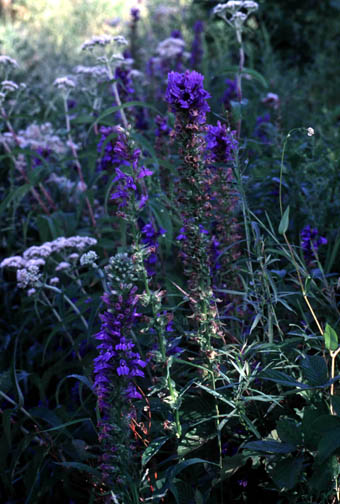
Great-Blue lobelia flowers.
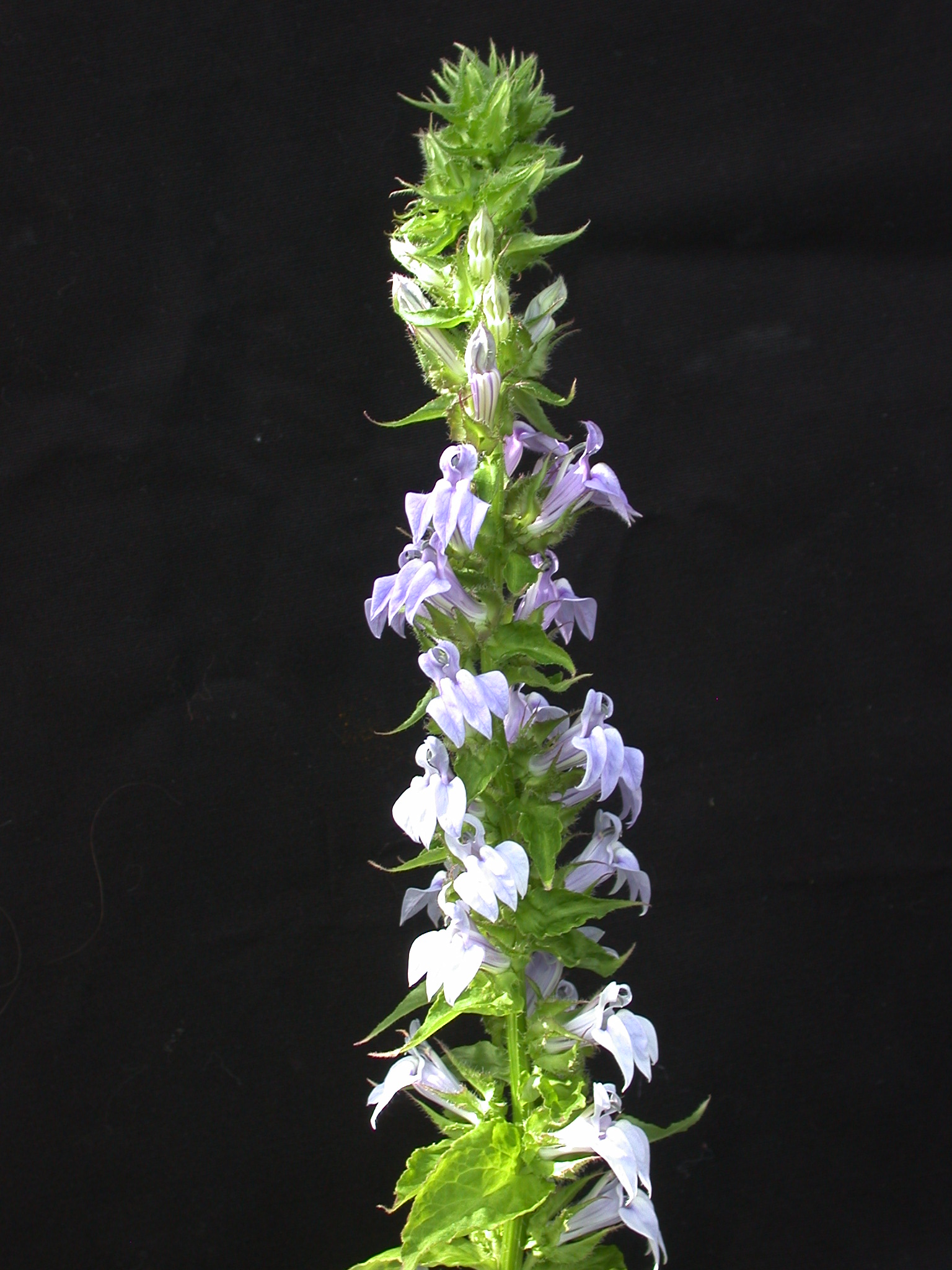
Greater lobelia stem.
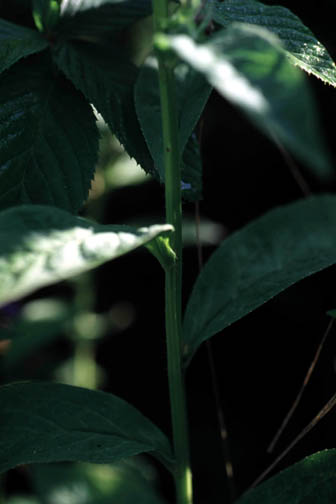
Terminal shoot just before flowering.
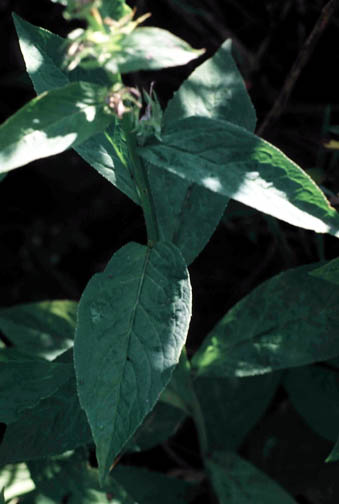
Great-blue lobelia leaf.
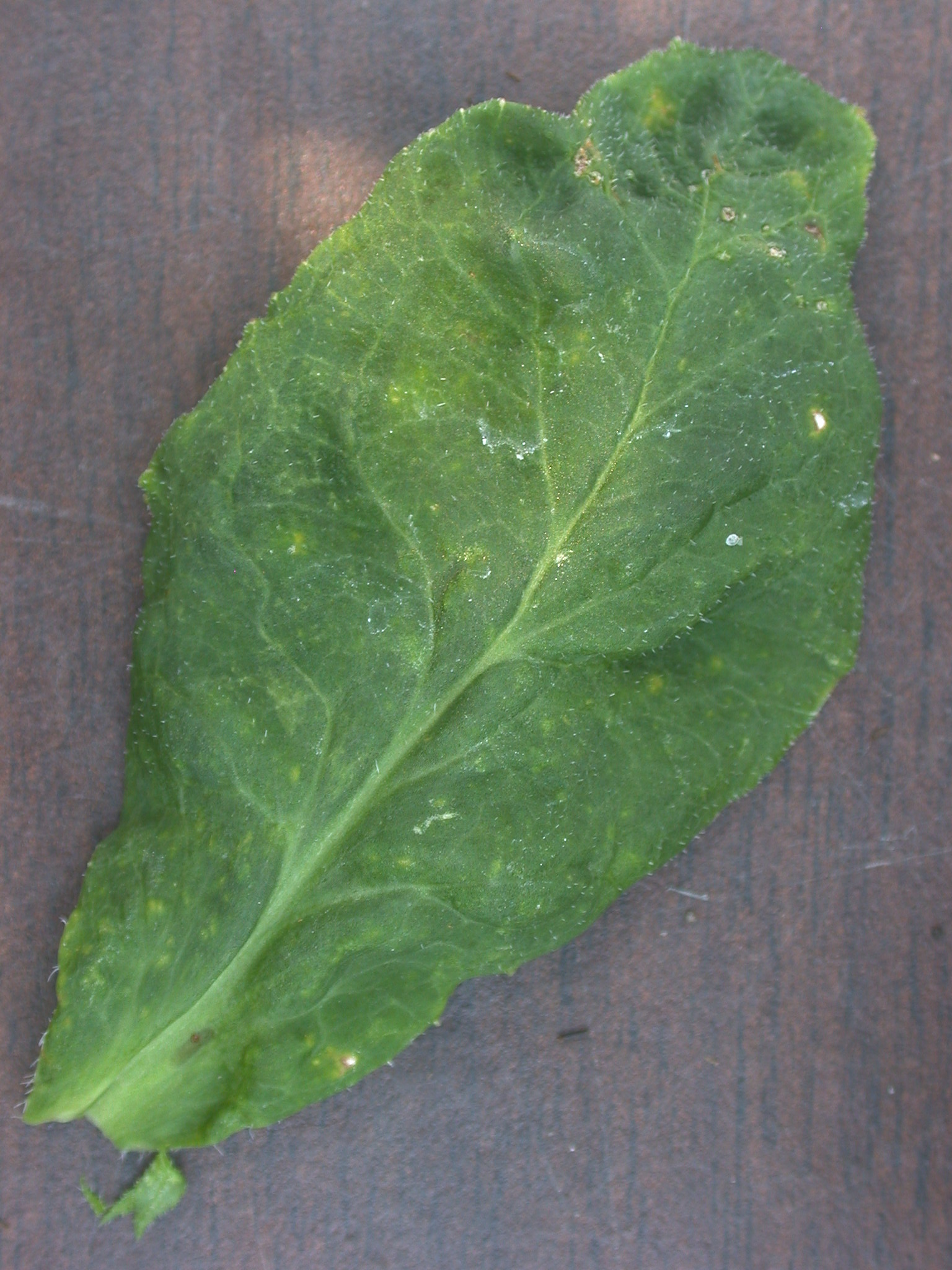
Greater lobelia seeds.
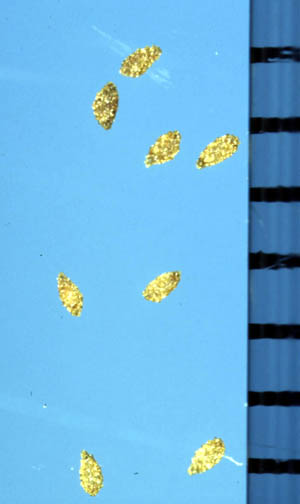
Three-tongued flower of greater lobelia.
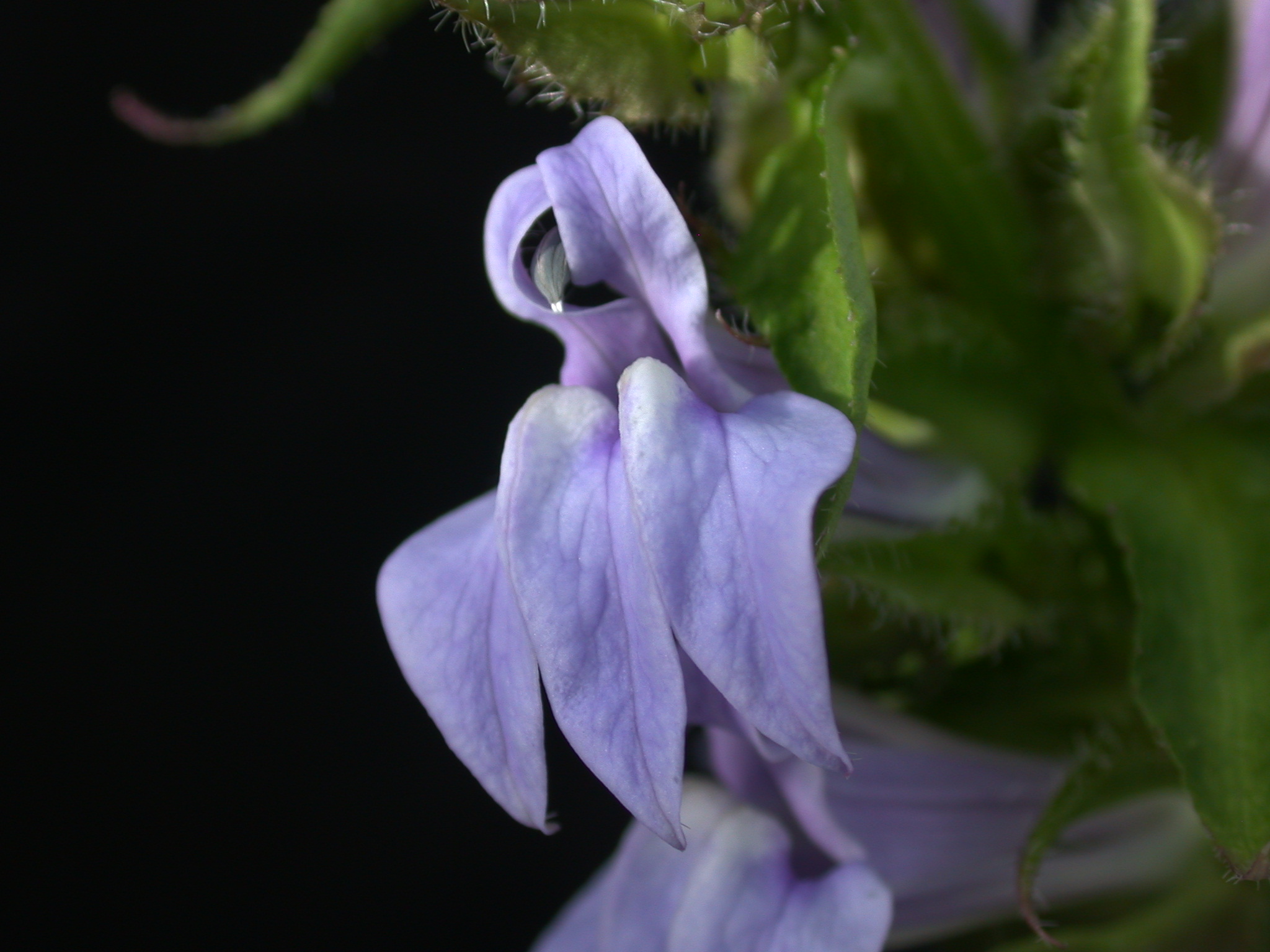
Greater lobelia terminal inflorescences.
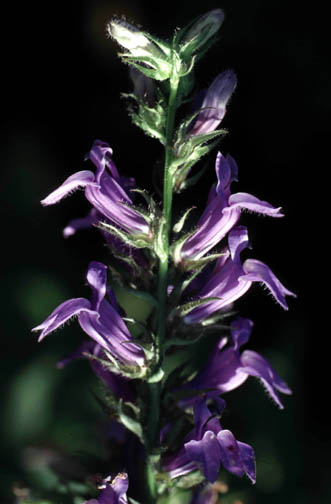
Great-blue lobelia flower.
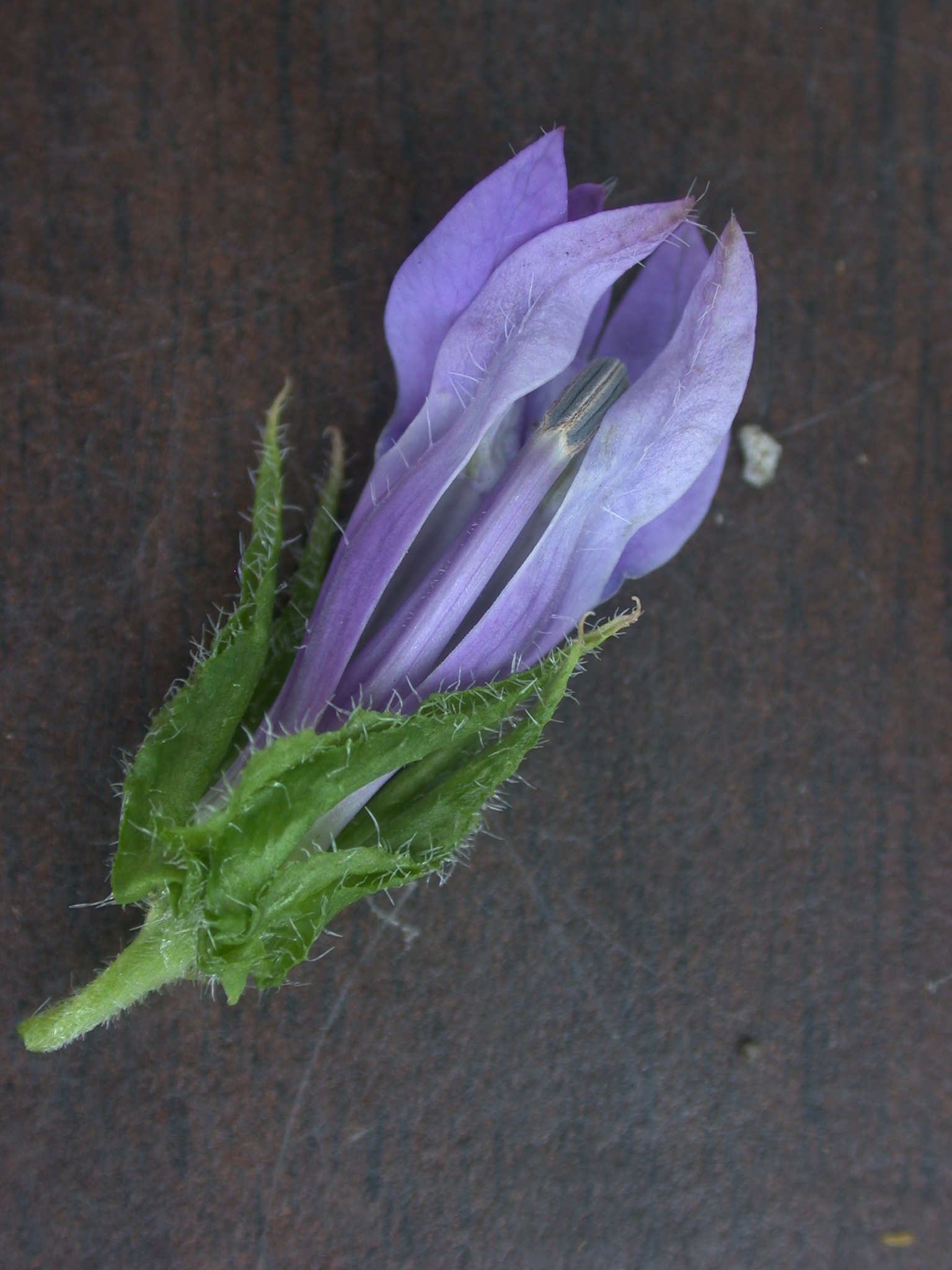
Great-blue lobelia seedling.
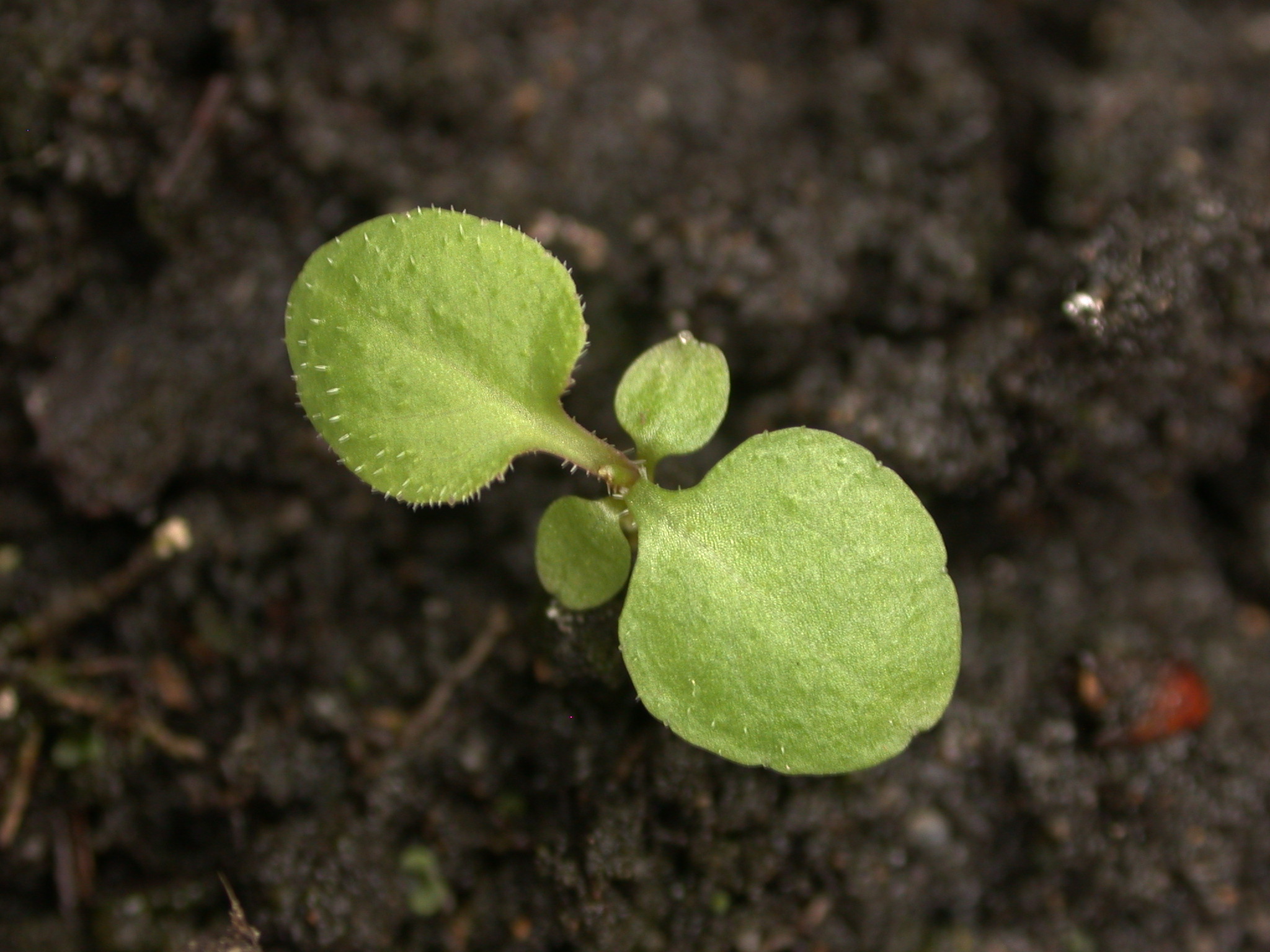
Great-blue lobelia flower head.
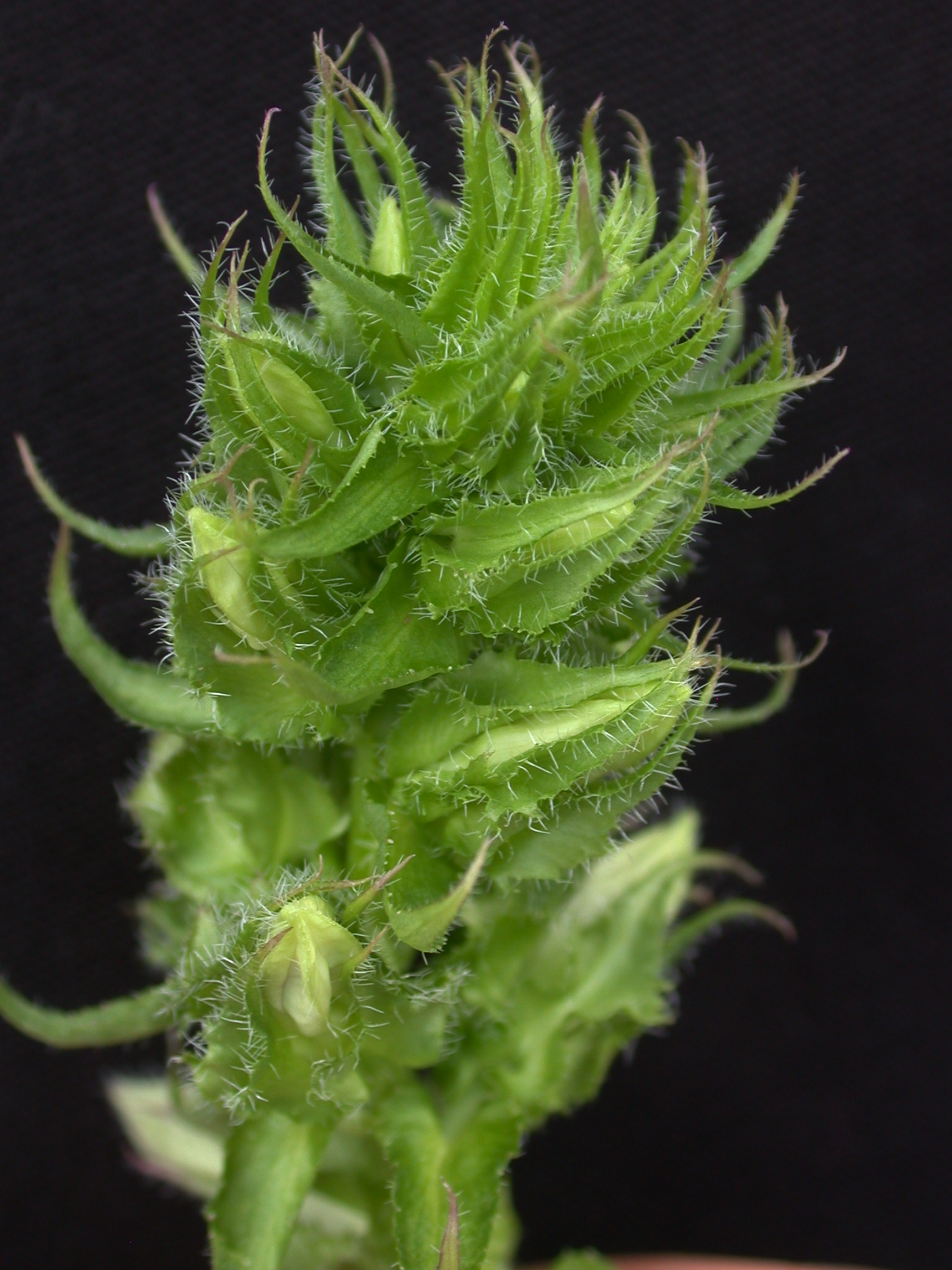
Great-blue lobelia stem.
